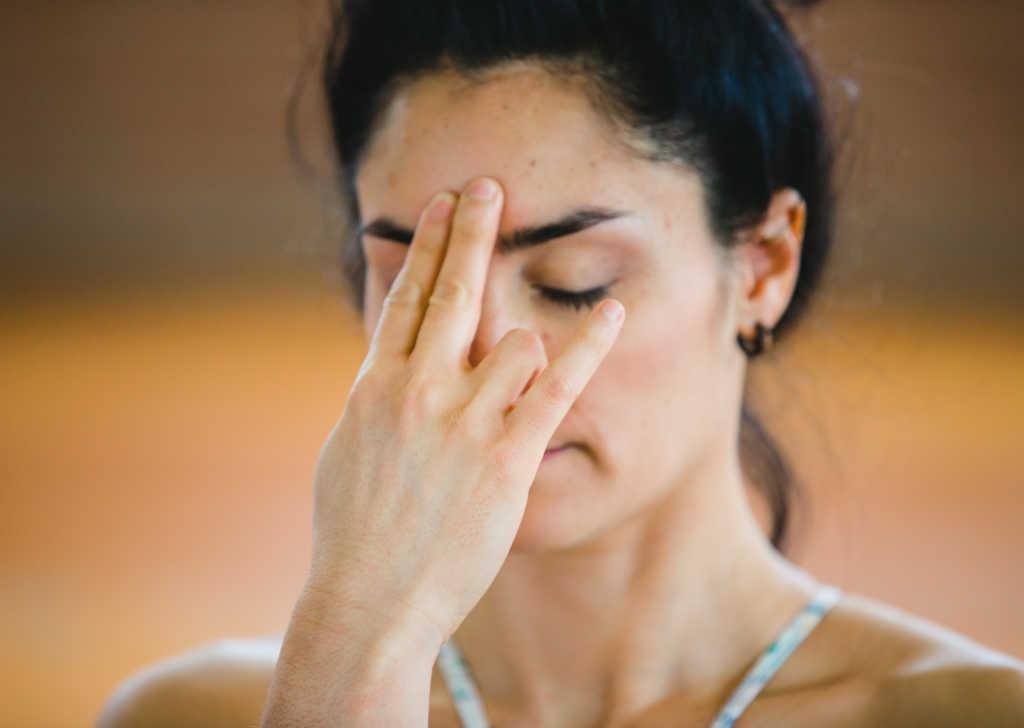Breathing And Meditation

Interestingly, the mind can stay focused on a distraction! As long as there is a distraction, the mind can stay focused on the activity that causes that distraction. As long as the activity engenders sensual satisfaction, the mind stays focused on it.
Now, you may not find any sensual satisfaction in meditation. To meditate, one must not react to any thoughts or should not have any thoughts at all. In such a scenario, the mind would be left with nothing to latch on to. And before you know, it would succumb to its habitual distraction and wander all over.
The ancient Rishis found an ingenious way to keep the mind latched on to something. This something is your breath! But why the Breath? If you could use something related to your body for meditation, maybe you could have focused on a part or a function of the body. Instead, however, they found the breath to be the most effective! Why?
First, breath is universal. It does not matter if you are rich or poor. Your skin color, place, or birth family also do not matter. Everyone breathes. And, you cannot miss it! So, what do we say when something is so close that it cannot escape our attention? “It is right under my nose!”
These days there are much paraphernalia available to meditate. For example, you can buy a meditation mat to sit on or buy a comfortable set of clothes for meditation. But such paraphernalia costs money. Would sitting on an expensive meditation mat make it easier to meditate than sitting on a cheaper mat? Breath is available to everyone at no extra cost. Also, everyone breathes the same way! Two healthy people would not be able to say, “Your breath is better than mine!”
Meditation is spiritual. You cannot find the Supreme Reality by using artificial, manufactured tools for meditation. But, the breath is as natural as it gets! Therefore, breath as a tool to latch on for the mind is a perfect choice.
Breath also has an amazing quality that an artificial article cannot have. Breathing is involuntary! You do not need to focus on making the breathing occur. Breathing comes about naturally with no effort on your part. But, on the other hand, you cannot stop breathing! Therefore, breathing will always be available when you sit to meditate.
When you are walking or running or excited about something, you must have noticed rapid and strong breathing. But, on the other hand, the breathing is slow and soft when you are resting. So, just like an activity impacts breathing, we can also use our breathing to cause an impact on activity. For example, to meditate, one requires to be calm and quiet. If you slow down your breathing, you will notice that the body, and for brief periods even the mind, becomes calm. Therefore controlling the breath is an effective method to create a conducive state of the body to meditate.
Yogis also know that breathing through the left or the right nostril affects the body differently. For example, if you breathe through the right nostril, you can perform vigorous activities better. Breathing through the left nostril calms down the body and the mind. The yogi painters and writers breathe using their left nostrils to focus better on their work. Anyone can develop the habit of breathing through one or the other nostril with a little practice.
Do you see the wisdom of the ancient Rishis in their choice of this magnificent natural aide for meditation?